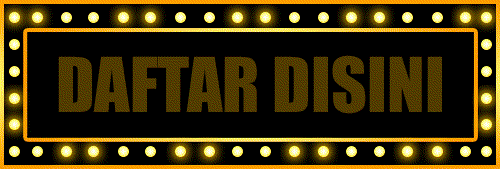NEXUS SLOT GACOR
Couldn't load pickup availability

NEXUS SLOT 🤖 Situs Judi Slot Gacor Online Server Luar Bet Slot Termurah
Nexus Slot kini hadir dengan penampilan baru dengan bet termurah dan menhasilkan cuan ratusan juta, dimana mesin slot nexus server luar menghadirkan suasana tempat terbaik dan ternyaman untuk merasakan sensasi yang luar biasa di situs nexus slot gacor online hari ini. Mengembangkan pilihan game slot terbaik dan terlengkap yang semakin banyak dan lengkap agar para pecinta judi slot tidak bosan. Tersedia juga daftar situs slot88 gacor hari ini yang bisa gampang menang dengan rate RTP slot hingga 99%. Ini merupakan angka yang luar biasa dan menjadikan Nexus Slot sebagai pilihan utama para pemain bagi kami. Bergabung dengan Nexus Slot merupakan sebuah keputusan bijak karena kami tidak hanya memberikan keuntungan finansial sehari-hari tetapi juga kenyamanan dan keamanan dalam memainkan permainan judi online terbaru. Anda sekarang bisa menjadi bagian dari komunitas nexus slot Bet gacor gampang menang dan rasakan sendiri pengalaman tak terlupakan di dunia judi slot online!
Slot nexus bet termurah merupakan platform slot terbaru dengan server luar negri terbaik dan diakui oleh para pencari jackpot terbesar di dunia permainan slot online. Kami juga dikenal sebagai salah satu situs slot yang sudag berlisensi resmi, sehingga pemain dapat mempercayai integritas dan keamanan situs judi slot bet termurah kami. Sebagai situs berlisensi resmi terbaik kami memberikan kemudahan akses melalui aplikasi slot kami yang dapat diunduh gratis. Ada berbagai jenis dan versi permainan slot server luar yang tersedia dan kami bangga menjadi tujuan utama para pemain link situs slot gacor saat ini. Namun Nexus Slot juga mempunyai banyak permainan slot online yang sangat mudah dimenangkan dan selalu memberikan peluang besar maxwin yang sangat tinggi. Jangan tunggu lama lagi segera daftar sekarang juga, nikmati semua keseruan nya dan siap-siap bawa pulang uang ratusan juta hanya dengan moda kecil!!
Share

